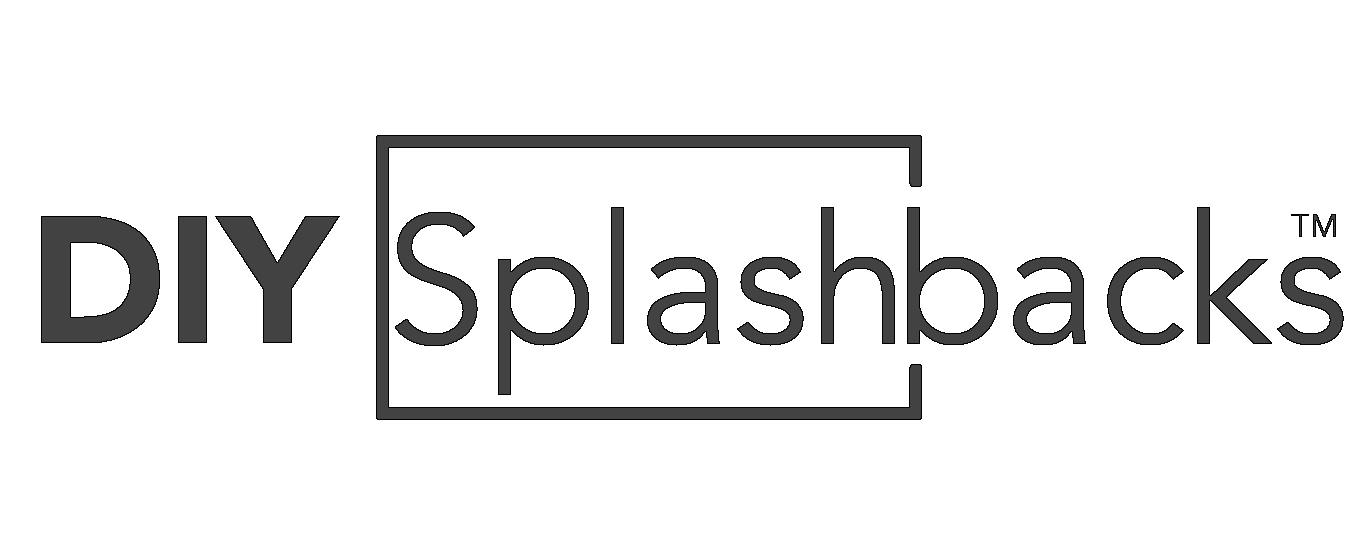When it comes to kitchen design, the splashback is a critical element that can define the look and feel of the space. While there are various materials to choose from, glass splashbacks have emerged as a popular choice for many homeowners and designers. In this blog post, we’ll compare glass splashbacks to other common splashback materials, including tiles, stainless steel, and acrylic, to illustrate why glass is the superior option.
Aesthetic Appeal
Glass Splashbacks: Glass splashbacks offer a sleek, modern, and seamless appearance that can elevate any kitchen design. Available in a vast array of colours, finishes, and even custom prints, glass can be tailored to match any aesthetic preference. The reflective nature of glass also helps to enhance light, making kitchens feel brighter and more spacious.
Other Materials:
- Tiles: While tiles come in many designs and can create intricate patterns, they often result in a more traditional look. The grout lines between tiles can also disrupt the visual continuity of the splashback.
- Stainless Steel: Stainless steel provides a modern, industrial look but lacks the colour variety and customisability of glass.
- Acrylic: Acrylic splashbacks can mimic the look of glass and come in various colours, but they often fall short in terms of premium finish and clarity.
Maintenance and Hygiene
Glass Splashbacks: One of the standout benefits of glass splashbacks is their ease of maintenance. The smooth, non-porous surface makes cleaning a breeze—simply wipe with a cloth and mild detergent. Glass is also resistant to stains and mould, ensuring a hygienic cooking environment.
Other Materials:
- Tiles: Cleaning tiles can be labour-intensive, especially the grout lines, which can harbour dirt and mould over time.
- Stainless Steel: While easy to clean, stainless steel can show smudges, fingerprints, and water spots, requiring frequent upkeep to maintain its appearance.
- Acrylic: Acrylic is relatively easy to clean but can be prone to scratching, which may harbour bacteria and make it harder to keep pristine over time.
Durability
Glass Splashbacks: Toughened glass used in splashbacks is highly durable and heat-resistant, making it ideal for areas behind cooktops. It can withstand the rigours of a busy kitchen without losing its lustre.
Other Materials:
- Tiles: Tiles are durable and heat-resistant, but the grout can crack and discolour over time, requiring periodic maintenance.
- Stainless Steel: Very durable and heat-resistant, but it can dent and scratch, affecting its long-term appearance.
- Acrylic: Generally less heat-resistant than glass or stainless steel and more susceptible to scratches and dents.
Installation and customisation
Glass Splashbacks: Glass splashbacks are custom-made to fit your kitchen perfectly, resulting in a seamless installation with no visible joints. This allows for a more cohesive and polished look.
Other Materials:
- Tiles: Installing tiles can be time-consuming and requires precision to ensure an even finish. Customisation is limited to the pattern and grout colour.
- Stainless Steel: Requires careful measurement and professional installation to avoid visible seams and ensure a perfect fit.
- Acrylic: Easier to cut and install than glass but doesn’t offer the same level of customisation or premium feel.
Cost Considerations
Glass Splashbacks: While glass splashbacks can be more expensive upfront compared to some other materials, their durability, low maintenance, and timeless appeal offer excellent long-term value.
Other Materials:
- Tiles: Generally more affordable but may incur higher maintenance costs over time due to grout cleaning and potential repairs.
- Stainless Steel: Mid-range cost but can become expensive if repairs or replacements are needed.
- Acrylic: Often the most budget-friendly option but may require replacement sooner due to wear and tear.
Conclusion
When comparing glass splashbacks to other materials, it’s clear that glass stands out in terms of aesthetic appeal, ease of maintenance, durability, and customisation. While the initial investment might be higher, the long-term benefits of choosing glass make it a worthwhile choice for any kitchen. Whether you’re renovating your kitchen or designing a new one, a glass splashback offers a perfect blend of form and function, ensuring your kitchen remains stylish and practical for years to come.
